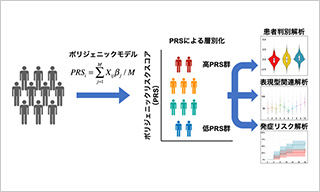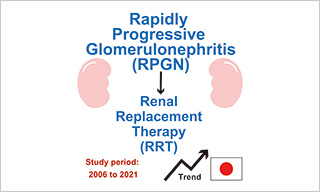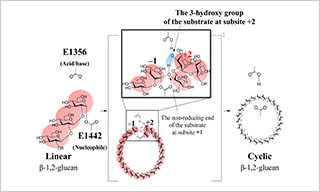Sep 01 2021
During the neural network formation in the brain, a growth cone, which is a hand-shaped protrusion, controls the nerve growth. Growth cones move actively within the brain to sense surroundings and attempt to form neural networks. Here, a research group led by Assistant Professor HOU Xubin and Associate Professor SUGIYAMA Sayaka in the Department of Neuronal development at the Graduate School of Medical and Dental Sciences, Niigata University has found that a new factor, coactosin, works on the actin cytoskeleton (Note 1) to activate the growth cone movement and control its extension, and thus, promotes the axon growth (Note 2). According to recent studies, coactosin is also involved in the movement of cancer cells and immune cells as well as neurons. Our results, which visualize the coactosin action, will be important for controlling the movement of cells in the body. This research was conducted with the collaboration of Lecturer NOZUMI Motohiro and Professor IGARASHI Michihiro of the Department of Molecular Neurobiology at the Graduate School of Medical and Dental Sciences, Niigata University and Professor NAKAMURA Harukazu of Tohoku University.
(Note 1) Actin cytoskeleton:
A cellular skeleton made up of actin polymers (F-actin). Actin polymers gather as bundles and nets to form a complex skeleton. Factors that directly bind like coactosin and cofilin are required for building and scrapping actin polymers. In addition, other factors are added to form bundles and nets of actin polymers. The actin cytoskeleton is essential for shaping cells and creating movement. The function of actin polymers was discovered in studies of muscle contraction, but its importance is now evident in all cells.
(Note 2) Axon:
Neuron has complex processes. Of these, a thin and long process involved in information transmission is called an axon. Axons grow long thanks to the growth cones, recognizing other target neurons and forming networks. One neuron has only one axon. The growth cone is involved in recovery when an axon is damaged, but if the growth cone function cannot be maintained, it will degenerate. This mechanism is involved in brain function reconstruction.
Journal: Frontiers in Cell and Developmental Biology
Title: Coactosin Promotes F-Actin Protrusion in Growth Cones Under Cofilin-Related Signaling Pathway
Authors: Xubin Hou, Motohiro Nozumi, Harukazu Nakamura, Michihiro Igarashi and Sayaka Sugiyama
DOI: 10.3389/fcell.2021.660349

Polygenic effects on the risk of Alzheimer's disease in the Japanese population

Trends in the incidence of renal replacement therapy due to rapidly progressive glomerulonephritis in Japan, 2006–2021

Uncovering The Cyclization Mechanism of Cyclic β-1,2-Glucan Synthase